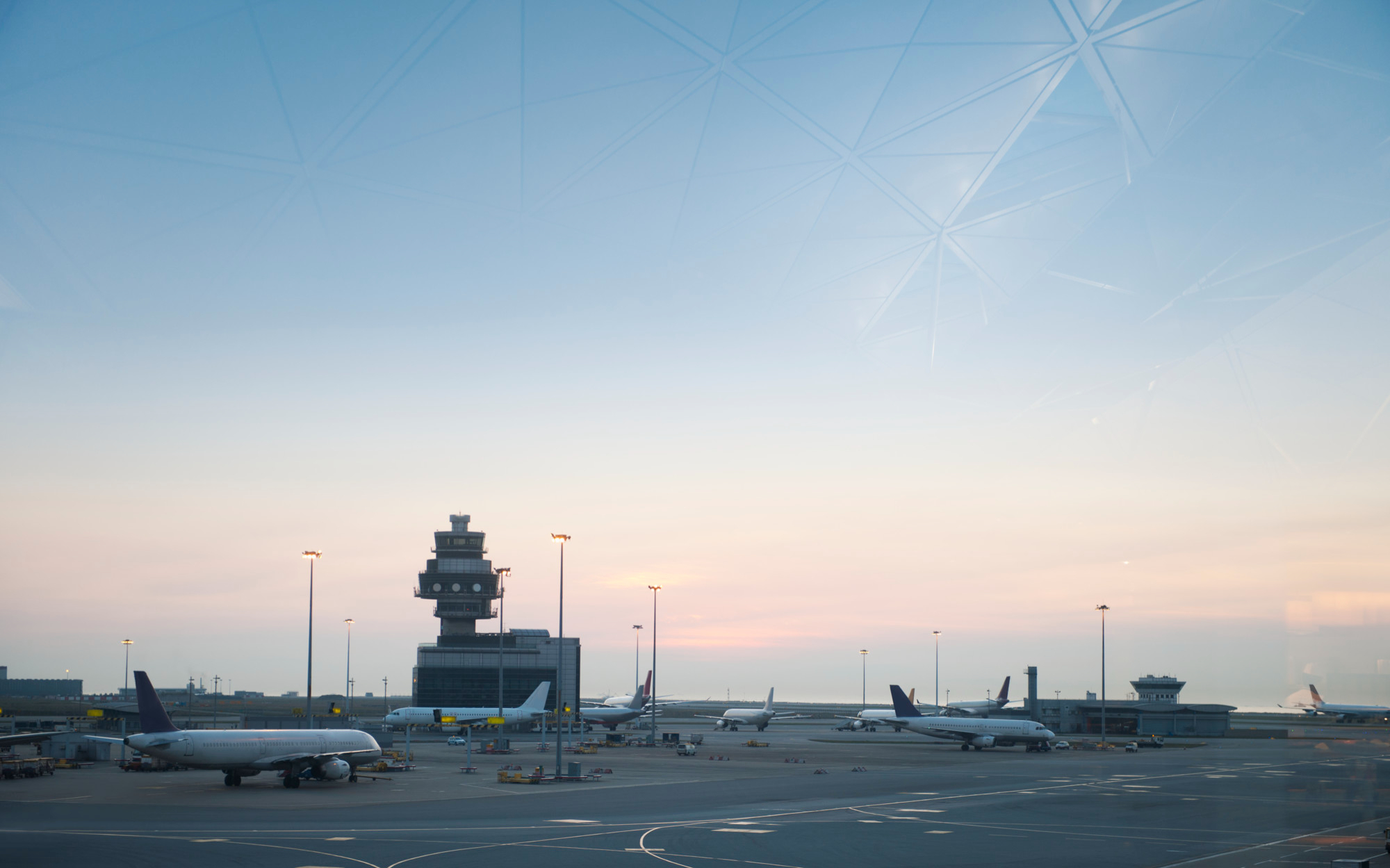
The Yamuna Expressway Industrial Development Authority (YEIDA) recently greenlit an ambitious plan to establish comprehensive multimodal connectivity for the forthcoming Noida International Greenfield Airport in Jewar. This initiative involves the construction of two new expressways and a rail link, connecting Chola Railway Station in Bulandshahr to the airport. While designed to stimulate regional development and business prospects, concerns linger regarding the necessity of such substantial infrastructure investments and potential oversights in synergy with existing projects.
The proposed plan encompasses two expressways, one spanning 20km and the other 16km, with a 2.5km gap designated for development into a warehousing and logistics hub. The aim is to generate employment opportunities and stimulate economic growth. Additionally, a rail link will run parallel to one expressway, linking the airport and the region to the critical Delhi-Howrah rail link housing the Chola railway station in Bulandshahr.
However, questions emerge about the justification for significant land acquisition, construction of new expressways, and the laying of railway lines, given the existence of the dedicated freight corridor rail line. The dedicated freight corridor, a flagship project of the Indian government with a 15-year planning history and an investment exceeding 1.5 lakh crore rupees, positions the New Khurja DFC station a mere 15km away from the Noida Airport, connected through Major District Road (MDR 70 W).
Experts propose enhancing existing connectivity by expanding the MDR or creating improved last-mile connections to the New Khurja DFC station, potentially saving significant costs and expediting the process, minimizing land acquisition and construction efforts.
The Government of India had previously launched the Gati Shakti master plan to identify synergies in the Indian infrastructure sector and address inefficiencies. However, the Noida Airport case highlights a scenario where the Gati Shakti master plan may not have reached its full potential. The lack of integration between existing infrastructure projects and new developments raises concerns about optimizing resources.
While YEIDA’s proposal aims to stimulate regional development and business opportunities, it prompts questions about the need for extensive investments and whether existing infrastructure projects could be better utilized. Experts stress the importance of a thorough review and consideration of synergies between various initiatives to ensure efficient and effective development.
Experts note a lack of attention to road connectivity for transporting freight to the DFC station despite the emphasis on hosting multiple DFC track trackage in Uttar Pradesh. Murlidhar Venkata Satya, Founder & President of MVS CONSULTANCY, points out communication gaps between government arms and emphasizes the need for coordinated efforts.
The Noida airport, located just 15 kilometers from the emerging DFC station, faces neglect in harnessing its strategic location advantages. The government’s commitment to increasing rail freight’s share in total freight transport to 45% is commendable, but the current state of road infrastructure connecting Jewar to Khurja DFC station is inefficient, hindering smooth transportation.
Experts stress the urgency for the government to address road infrastructure challenges and provide seamless connectivity for efficient freight movement. Vardaan Chaudhry, Partner at Northward Infra, emphasizes the need for decisive action to realize the DFC station’s true potential and deliver on commitments for effective logistics infrastructure.